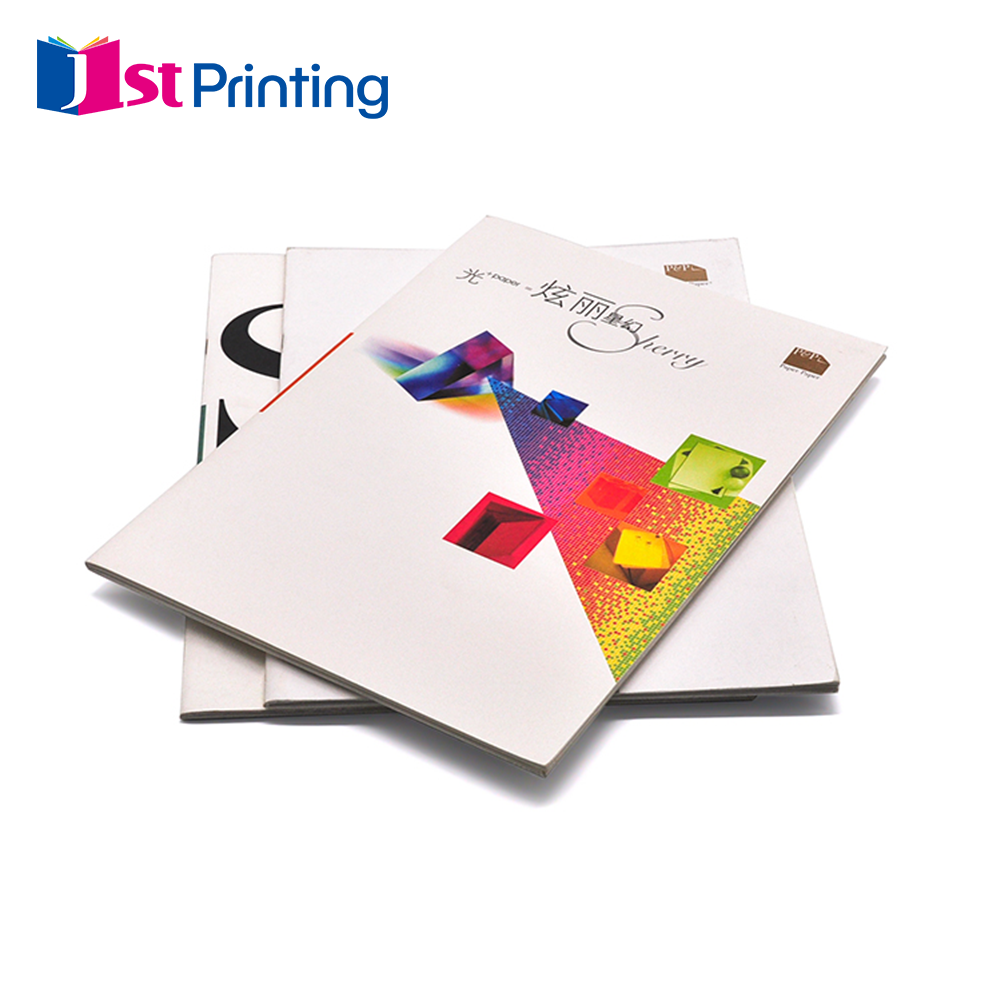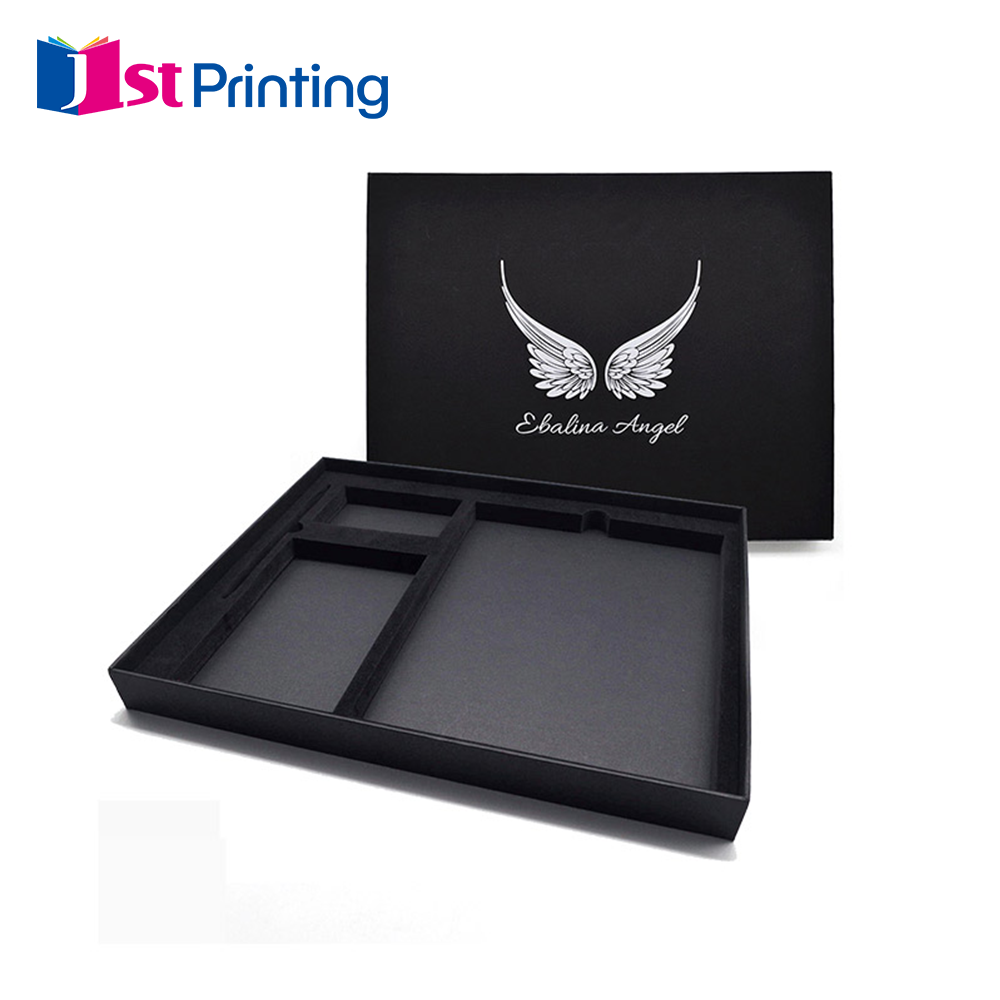Marketing Materials: The Impact of Professional Printing
Why Professional Printing Elevates Marketing Material Effectiveness
The Tangible Advantage in Digital Fatigue Era
People today are getting really fed up with all the digital ads bombarding them every day. Rise Above reports that around 74% of folks actually feel overwhelmed by this constant stream of online marketing. Unlike those quick digital encounters we scroll past without thinking, real world stuff like brochures, flyers, and old fashioned business cards give people something they can touch and remember. Research keeps showing that when it comes to getting actual responses from customers, printed materials just work better than their digital counterparts. There's something about holding a piece of paper in hand that sticks with us longer than another email or pop-up ad. And as our screens get more crowded with messages competing for attention, good old print stands out as a reliable way to make an impact that lasts beyond the moment.
Brand Perception & Credibility Through Print Quality
When businesses use high quality printed stuff, people tend to see them differently. Around 70 percent of small business operators think print materials help show they're professional. Better print quality makes brands look more credible too. Studies found that about half (55%) of consumers actually respect companies more when they use good quality physical stuff. Keeping the same look across all printed items matters a lot for building trust with customers. It shows the company cares enough about details to be reliable. Companies willing to spend on decent printing often find their customers stick around longer. Take local restaurants with professionally designed menus versus those with cheap prints – folks just gravitate toward the ones that look put together.
ROI Statistics: Print vs Digital Campaign Performance
When it comes to getting money's worth from marketing dollars, print materials still deliver some serious bang for the buck. Studies indicate ROI averages around 130% for print, beating out most online ads. According to folks at the Direct Marketing Association, mixing printed pieces with digital outreach actually speeds things up when customers make purchases, since each medium plays to its own strengths. Tracking what works online can get complicated fast, but measuring print effectiveness is pretty simple stuff really – just look at how many people respond directly to mailers or flyers. Because of this straightforward nature, smart marketers always include some form of print material in their overall strategy. It gives them something concrete to measure while also connecting with consumers in ways that digital alone just cant replicate.
For effective results, organizations should consider integrating both print and digital methods, selecting the strengths of each to enhance overall campaign effectiveness.
Key Benefits of Professional Printing for Brand Growth
Enhanced Tactile Experience Driving Engagement
There's something about holding actual marketing stuff in your hands that screens just don't match. When people run their fingers over printed material, it engages more than one sense at once, making the whole brand experience stick around longer in memory. Some studies suggest folks who actually touch things like brochures or flyers are almost twice as likely to make a purchase decision later on. Think about those fancy catalogs with embossed logos or special paper textures they send out sometimes. These little touches create real connections between customers and what they're looking at. Brands that get this right build stronger relationships with their audience because humans remember what they feel, not just what they see.
Superior Color Accuracy & Detail Reproduction
Printing tech has come a long way when it comes to getting colors right and reproducing fine details accurately, something that matters a lot for keeping up a premium brand image. When companies use professional printing methods, they can match colors consistently across all their marketing stuff from business cards to billboards. Take a look at how brands like Coca-Cola or Tiffany's stick to their signature colors everywhere they appear thanks to systems like Pantone. These color matching systems help build customer recognition and trust over time. While not every business needs top shelf printing all the time, investing in good quality prints makes sense for maintaining that professional look customers expect from established brands.
Durability for Long-Term Marketing Impact
When it comes to marketing stuff that actually lasts, nothing beats good quality professional printing. Unlike those flashy digital ads that disappear as fast as they appear, printed materials stand up to handling and keep looking sharp even after repeated exposure. We've seen business cards, brochures, and posters made with proper materials sit on desks and tables for weeks without losing their appeal. Digital content might grab someone's eye for a few seconds at most, while physical materials continue working silently in the background. For companies thinking ahead, spending money on solid print materials pays off in the long run. They create ongoing visibility that digital campaigns just can't match, keeping brand awareness alive when people need information most.
Custom Printing Solutions Showcase
Personalized Magazine Printing for Brand Storytelling
When it comes to telling brand stories, personalized magazine printing stands out as a powerful tool because it lets businesses tailor content right down to individual interests and demographics. The key here is creating materials that really speak to people on a personal level. Take Airbnb for instance they've been running special edition print magazines for years now, featuring local tips and stories from hosts around the world. This approach builds real connections with customers and keeps them coming back for more. Printed materials just work differently than digital stuff does. There's something about holding a physical magazine in hand that creates trust and makes brands feel more authentic. Plus, studies show that when people receive customized printed content, they tend to remember the brand better and actually convert at higher rates compared to online-only campaigns.

Luxury Silver-Stamped Packaging Solutions
When it comes to luxury packaging, nothing says premium quite like silver stamping details. These fancy touches really boost how valuable and attractive products look to customers. The thing is, good packaging does double duty in today's markets. It shows quality while helping products cut through all the noise on store shelves. According to recent research, around six out of ten shoppers actually pick up items they might otherwise pass by just because the box looks nice. That makes investing in upscale packaging pretty much mandatory for any brand wanting to stand apart from competitors. Look at what top tier companies do – they spend big bucks on beautiful boxes and containers. Why? Because when people see that sleek, shiny package, something clicks in their brain about quality before they even touch the product inside.

Tailored Box Designs for Product Differentiation
When it comes to standing out in today's crowded marketplaces, customized box designs really matter for showing off a brand's personality and making products easier to spot among competitors. Packaging that's made specifically for a brand gives companies a chance to showcase what makes them different from others, which catches eyes when shoppers browse through stores. Research indicates that distinctive packaging can boost brand memory by around 30%, which explains why so many businesses invest heavily in their packaging look. And let's not forget about the actual experience customers have when they open these packages. A well thought out package isn't just about looking good on store shelves but also creates lasting impressions during that first moment of opening something new.

Overcoming Common Printing Challenges
Cost-Effective Bulk Order Strategies
Printing costs can drop quite a bit when businesses take advantage of buying in larger quantities. Companies that plan ahead for big print jobs usually get better prices on materials since suppliers offer discounts for volume purchases. The savings are pretty substantial too, around 30% or so compared to ordering small amounts frequently. To make this work though, businesses need to forecast their printing requirements well in advance rather than waiting until the last minute. Rush fees can really eat into those savings if orders aren't scheduled properly from the start.
Eco-Friendly Material Options & Sustainability
More people are starting to care about what happens to the environment these days, which means businesses need to pay attention to green printing methods if they want customers. According to recent surveys, around three out of four shoppers actually look for companies that try to be kinder to nature when making their purchases. Print shops have plenty of options now for going greener too. Recycled papers come in all sorts of weights and finishes while soy ink has become pretty standard across many print facilities. Some newer digital presses even cut down on waste significantly compared to older models. Going green isn't just good PR either it makes financial sense long term as clients increasingly expect this from partners they work with regularly.
Digital Integration for Campaign Tracking
Adding digital tech such as QR codes and custom web links to printed marketing materials really boosts how well campaigns work because it makes tracking interactions possible. Businesses can actually see what happens when someone picks up their brochure or flyer, getting real insights about which parts get attention and what gets ignored. Take for instance those mailers that come with a quick response code linking directly to product pages online. Many brands have started mixing old school printing techniques with modern digital connections this way. The result? Broader audience reach plus much better numbers on customer engagement than just relying on paper alone ever could provide.
Future-Proofing Print Marketing Strategies
Hybrid Campaigns: Combining Print & Digital Touchpoints
Marketers are turning to hybrid campaigns that mix print materials with digital touchpoints because they work so well for building complete marketing plans. The best part is how these approaches combine what works offline with what clicks online to really grab people's attention. Some studies show that when brands blend different channels together, response rates go up around 40 percent compared to sticking with just one method. Take a look at companies that run contests through newspapers while promoting them on social media platforms. This kind of multi-channel strategy creates lasting impressions and helps build stronger connections between customers and brands over time.
Adapting Print Materials for Multi-Channel Use
Designing print materials that work well on different platforms helps companies get the most out of their marketing efforts. When businesses create flexible printed content, they keep their messaging aligned whether someone sees it in a newspaper or scrolls past it on a phone screen. Smart tactics involve adding things like QR codes and social media tags right onto physical materials so people can easily jump from paper to web for more interaction. Take Coca Cola for instance they've really nailed this strategy, blending their magazine ads with online promotions so everything feels connected rather than separate. What makes this approach valuable isn't just better campaign results but maintaining that same recognizable brand voice everywhere consumers encounter it.
Emerging Technologies in Professional Printing
The world of professional printing is changing fast thanks to tech like 3D printers and digital textile printing machines. What used to be limited to basic designs now opens up all sorts of creative options for designers and marketers alike. Looking ahead, we're seeing more companies experiment with color gradients, texture effects, and even interactive elements in printed materials. Big names such as HP have been at the forefront of this revolution, rolling out printers that can produce photo-realistic images on fabric or create prototypes right from computer files. For small businesses trying to stand out, keeping up with these changes isn't just about following trends anymore. Print shops that adopt these newer methods report better customer reactions when they deliver custom posters with metallic finishes or promotional items with intricate patterns that weren't possible before.























